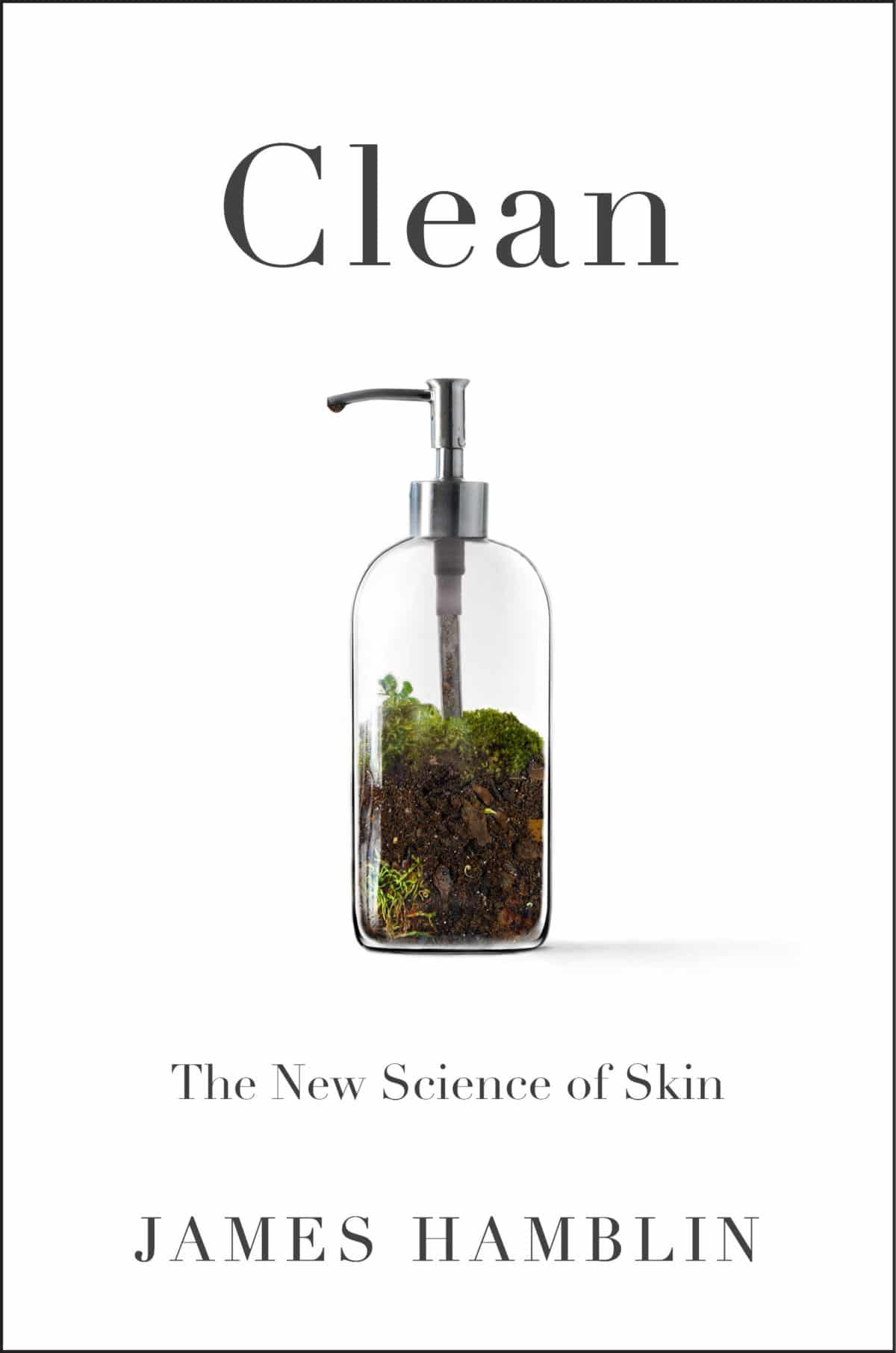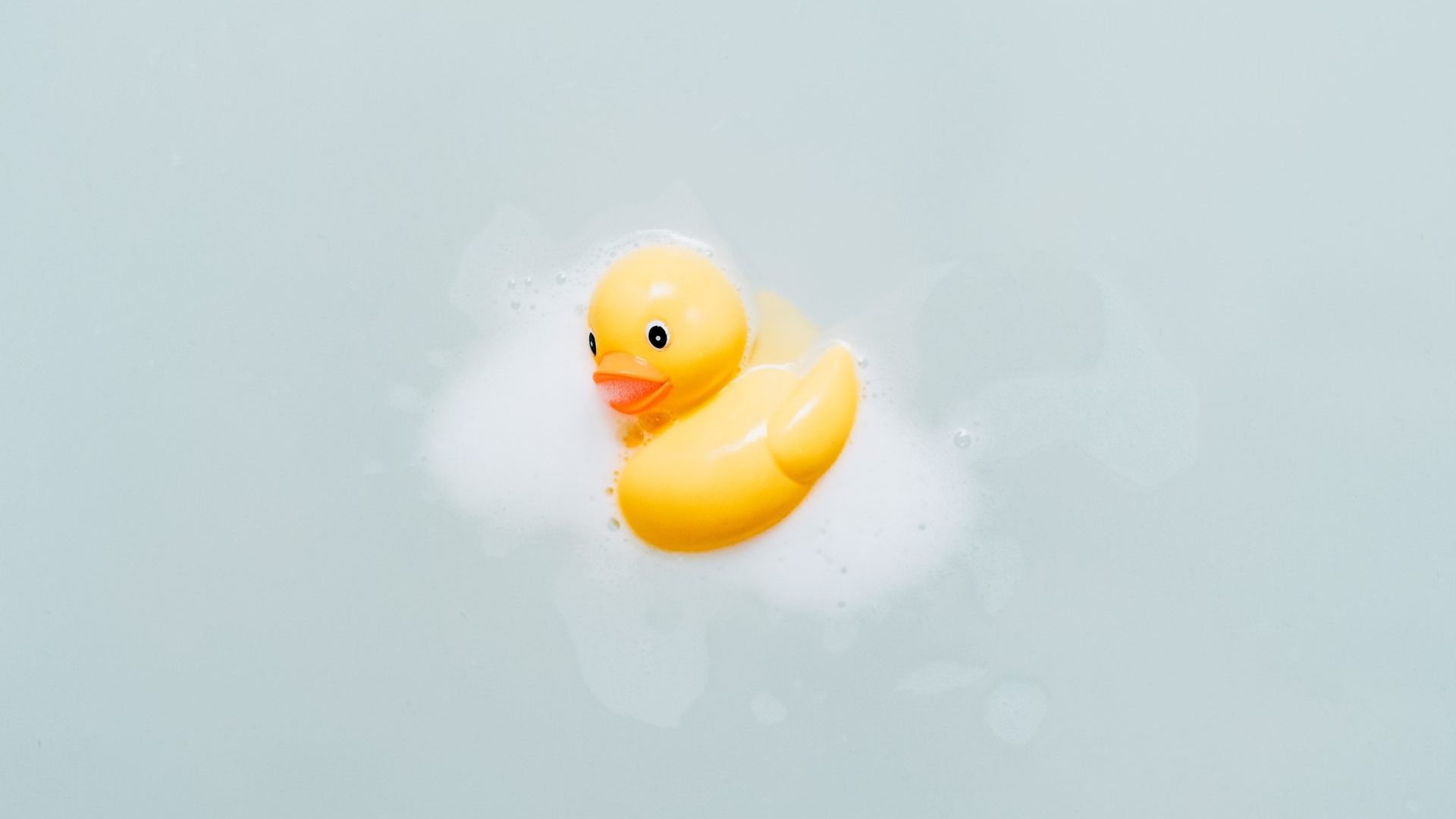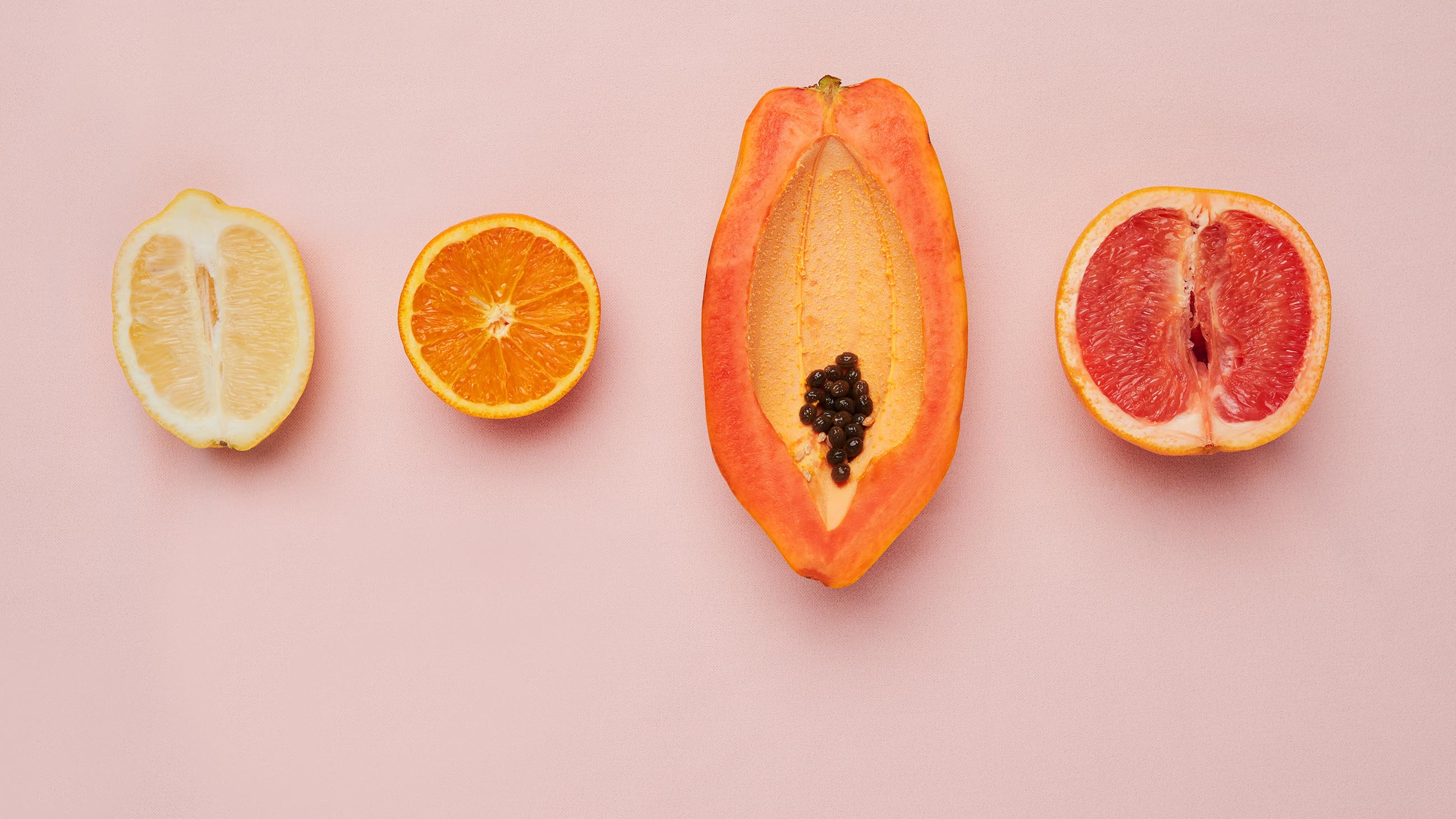James Hamblin kicks off “Clean: The New Science of Skin” with a confession: He virtually stopped showering years ago. Hamblin, a physician and staff writer for The Atlantic, still sprinkles water on his head from time to time, but shuns shampoos, conditioners, and the cavalcade of other products that march across American shower shelves.

BOOK REVIEW — “Clean: The New Science of Skin” by James Hamblin (Penguin Random House, 288 pages).
In polite company, Hamblin’s confession tends to land like the Hindenburg, which reveals just how obsessed we’ve become with surface notions of cleanliness — and how reluctant we are to disavow them. But Hamblin thinks the sensible-sounding idea that we should scrub up regularly is both simplistic and wrongheaded. When you take a soap-slathered loofah to your greasy pelt, he says, you’re actually destroying an interdependent microbial universe, or microbiome, on the surface of your skin.
“When we clean ourselves,” Hamblin writes, “we at least temporarily alter the microscopic populations — either by removing them or by altering the resources available to them.” By chasing that born-again post-shower rush, in other words, we stymie one of evolution’s best strategies to shield us from disease and keep out invaders. This kind of context is particularly relevant in the era of Covid-19, a virus that often causes skin-related symptoms like rashes and hives.
A search for the origins of our cleanser and skin-potion worship leads Hamblin into a vivid exploration of the cleanliness-is-godliness movement that began hundreds of years ago. After the Black Death and other devastating plagues, “a person’s cleanliness could be taken as a marker of who was or was not dangerous,” Hamblin writes. “Indicators of hygiene became proxies of status, and more was often seen as better.”
In time, post-outbreak distrust of contaminants — as well as the discovery that cleansers helped stop disease spread — gave rise to early 20th-century branding campaigns that marketed soap as a life-saving and virtuous necessity (and to modern cleanvangelists like David Bronner, a soap company heir whose vibe Hamblin describes as “party but respect the mothership we call Earth”).
But what soap hoarders and hawkers overlook is that wiping out our symbiotic microbes may make us more vulnerable to other, unexpected maladies. First-line eczema treatments, for instance, include topical antibiotics, cleansers, and drugs that dampen immune response, but some researchers say these approaches can make the condition worse in the long run. “Perturbing the skin barrier by washing or scratching can change the microbial population,” Hamblin notes. “That can rev up the immune system, which tells the skin cells to proliferate rapidly and fill with inflammatory proteins.”
This observation lines up with an older one that kids raised in highly sanitized environments are more prone to allergies than farm kids like the Amish. Wipe the body’s microbial slate clean too aggressively, the theory goes, and the un-seasoned immune system roars back with a vengeance. This kind of immune over-reaction can also trigger what immunologists call the “Atopic March,” in which one allergic disease — such as eczema, food allergy, or hay fever — leads to another.
Though he sometimes veers off topic David Foster Wallace-style, Hamblin’s distillation of the latest skin microbe science is both creative and incisive. He likens assaulting the skin microbiome with soap to crashing a house party: Your skin only has room for a certain number of microbial “guests,” and you want to keep good microbes on the premises so there’ll be less room for those that might trash the place.
“Clean” is also a user-friendly look at the broader field of microbiome science and its health implications. Research increasingly suggests that manipulating our on-board microbial universe in the right ways could lead to new treatments for conditions as diverse as eczema, irritable bowel syndrome, and depression. (It’s literally true that we’d be shadows of ourselves without this portable universe: For every human cell in our bodies, there’s at least one microbial cell.)
The bad news, Hamblin reports, is that efforts to shore up the microbiome may not always work, since we can only switch out some of the microscopic party guests we already have. At the beginning of our lives, the immune system “is like freshly poured concrete,” he writes. “After that, we pick up microbes and we lose them, but the foundation stays the same.”
This broad assertion masks unanswered questions about how skin microbes may interact with other communities like the gut microbiome; scientists don’t yet fully understand how one microbial community influences the rest. Still, researchers agree that changing your skin microbiome as an adult is probably an uphill venture — a reality that throws Hamblin’s decision to forgo modern hygiene into question.
If, as Hamblin points out, we have limited latitude to change our skin microbes post-childhood, does it really make sense to take a drastic step like cutting out showers? Eliding hygiene comes with its own set of disease risks that are impossible to ignore in the midst of a global pandemic. And while research shows that regular cleansing can affect skin microbe balance temporarily, it hasn’t yet revealed whether the average person who chooses Hamblin’s approach can expect ongoing, concrete health benefits.
The book’s inherent limitation is that it is essentially a map of a new scientific territory, with all the sketched-out routes and undefined borders that implies. But that’s also why “Clean” is worth reading. It doesn’t make an airtight case for committing to Hamblin’s shower-free credo, but it alerts us that we’ll need to upend some of our cultural dogmas about cleanliness once the skin microbial landscape is fully mapped and characterized.
That’s why Hamblin plans to continue his shower-free routine for now— as long as his odor doesn’t send others fleeing from the room. It hasn’t so far, he reports: “I didn’t smell like pine trees or lavender, but I also didn’t smell like the oniony body odor that I used to get when my armpits, used to being plastered with deodorant, suddenly went a day without it.”
Other shower-eschewers have reported the same, although research hasn’t yet clarified why this might be happening. If retaining a thin layer of grime indeed proves to bolster our health and well-being over the long term, plenty of people might be willing to forgo smelling like artificial pine trees.












Comments are automatically closed one year after article publication. Archived comments are below.
I shower very little in winter. I’ve never been in the habit of soaping most of my body, and I don’t even soap the axillaries or the groin unless they smell off. My showers are brief–on the order of a couple of minutes at most. In the summer, humid as it is, I often shower–very briefly–as much as 3x/day, depending on my exercising. I don’t wash my hair much, either. I think I was doing this before I started thinking about the microbiome–I just didn’t see (or smell) the need to be a typical American about bathing. But I’ve taken the whole thing a little further after I became more aware of the skin microbiome.
There is another alternative, which I have been using for about 40 years: shower without soap or shampoo. I do this because soap and shampoo irritate my skin. I will occasionally use a little bit of soap if something on my skin is annoying me, but normally I use none. I don’t feel dirty or smell.
Perfume, lot’s and lot’s and lot’s of perfume. The ketchup of the not so pleasant, healthily oiled skin microbiome. And the underwear that I wouldn’t want to be. ;-)
If you exercise a lot, you have to clean your skin or you will have problems. Most of these people that have these crazy ideas don’t do much.
Anybody ever hear about taking baths and getting Yeast Disease from laying in the water too long?